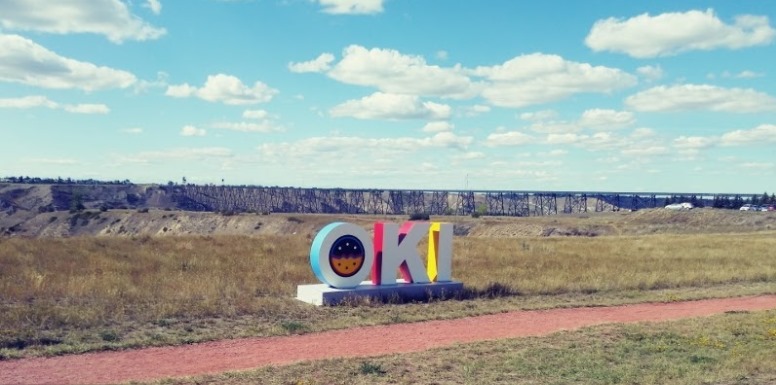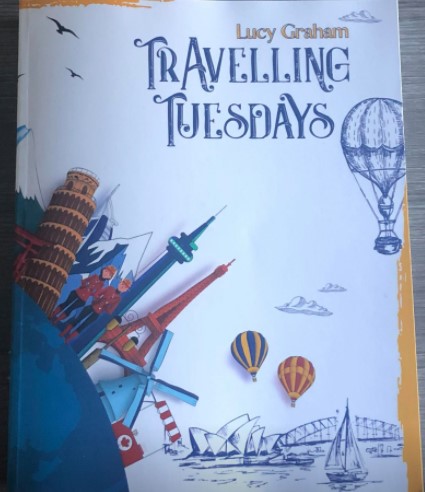Live Large
Live Large



Live Large - Day 464 - Daily Content Challenge
Black bears are also called American bears or American black bears. They are the most common bear family found in the forests of North America. Ursus americanus are found in parts of northern Mexico, in every U.S. state except Hawaii and in every province and territory in Canada except Prince Edward Island.
Of the three species of bears found in North America, black bears are typically smaller than grizzly or polar bears. They vary in size depending on subspecies, age, and food availability. The black bears on Haida Gwaii, in British Columbia are bigger than any other black bears in the world. British Columbia is considered “bear country”. Most of the 20,000 bears in Canada live in British Columbia.
Black bears are large and stocky and have a short tail. Adults range from 50 to 80 inches from nose to tail and on all fours, they have a height of about 2-3 feet. Males weigh between 125 to 500 pounds and tend to be 60% larger than female black bears, who weigh in at 90 to 300 pounds.
Black bears typically have glossy black fur, but their fur coats can also be brown, cinnamon, blonde, and in rare cases, even white. Black bears with white fur are known as Kermode bears. These white fur black bears are found only in and around the coastal areas of Canada.
The Black bear’s head is small and supported by a strong neck. Their ears are small and rounded. They have short, curved, and non-retractable claws that enable them to easily climb trees. Bears walk on the soles of their feet.
Black bears are omnivores and their diet consists of berries, grasses, nuts, and insect larvae. They love honey when they find it. They will also eat small mammals and fish when available. Black bears that live near urban areas will take advantage of the opportunity to raid trash cans or bird feeders for food. Feeding bears is not a good idea. Bears that depend on human food can become dangerous.
Black bears spend the winter in dens. They are not classified as true hibernators but when they retreat into their den, their temperature lowers and their heart rate slows down. How long they spend in this state depends on their food supply and geography.
Black bears will dig and form a burrow which they fill up with leaves and other material for bedding. Their dens may be located in rock crevices, in underground burrows, under tree roots, in hollow trees, or brush piles. Some that live in urban settings have been known to hibernate in road culverts, storm sewers under streets, or even in crawl spaces under houses.
Before retreating to their den, bears must accumulate large quantities of body fat during late summer and fall. This enables them to survive the long period of winter fasting and to have enough energy in the spring when they emerge and food is rare. Fatter females have more young and bigger young than leaner females do. Accumulating fat for the winter is a strong drive and that’s why bears are constantly searching for food throughout the summer and fall.
Black bears mate in the summer. Females travel around their territory, leaving a scent trail which males use to monitor the females’ receptiveness. Paired males and females will stay together for up to nine days and then they both move on in search of new mates. Fertilized eggs float in the uterus for months before implanting in the uterine wall in November. Cubs are born in January or February during hibernation. Females wake up for the birth and stay alert enough to care for them in the den. Most females have two cubs but black bears have been known to have up to six cubs. Newborn cubs are blind, toothless, and weigh only one pound. They are born with blue eyes which turn brown within a year.
Black bears live in the forest as well as in marshes and wetlands. Black bears are usually solitary animals, except during the mating season and while the females are raising their cubs. Cubs can climb trees when they are six weeks old so females prefer areas with trees for her cubs to climb while she searches for food. Cubs can stay with their mother until the age of 2 or 3, but they are on their own once her mates again.
Black bears don’t often make noise. They can communicate through a series of sounds. They may grunt, clack their teeth, click their tongues, or make blowing sounds and moans. A common way for mother bears to communicate with their cubs is by tongue clicking.
Black bears can live up to 30 years in the wild and longer in captivity. They are rarely aggressive and often shy away from confrontation. If a black bear perceives a threat, it can become aggressive and dangerous. Actual attacks by black bears are rare and avoiding surprise encounters is the best defence.
Although the mother bear is very protective of her litter, young cubs may be killed by coyotes, wolves, brown bears, or other black bears. Loss of habitat due to human development, over-hunting, trapping, poaching, and nuisance removal near campgrounds or dumps are threats to the black bear population. Collision with vehicles in more urban settings is another threat to black bears.
These are the sayings I found on the bookmark called Advice from a Black Bear.
-
Live large
-
Climb beyond your limitations
-
When life gets hairy, grin and bear it
-
Eat well
-
Live with the seasons
-
Take a good, long nap
-
Look after your honey!
Here are my comments about each of these sayings.
-
Live large - Live life to the fullest.
-
Climb beyond your limitations - Take each day one step at a time and keep climbing to reach your dreams.
-
When life gets hairy, grin and bear it - When life gets hard, grin and bear it. Keep going even when it hurts.
-
Eat well - Eat a healthy diet
-
Live with the seasons - Enjoy the things you can do in each season of the year.
-
Take a good, long nap - Taking a nap is a great way to boost your alertness.
-
Look after your honey! - Provide for the loved ones in your life.
Have a great day everyone. Live large.
# living life abundantly # published author # travelling tuesdays
Did you learn anything new today?
Share your answers in the comments below.



